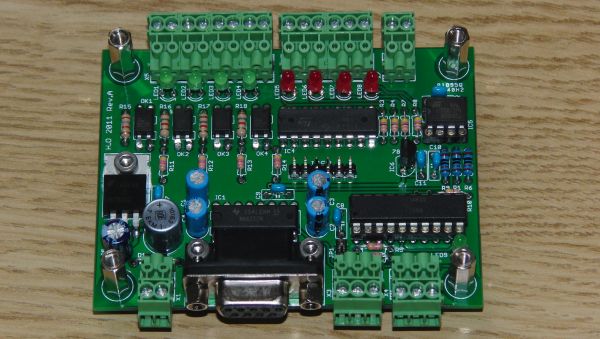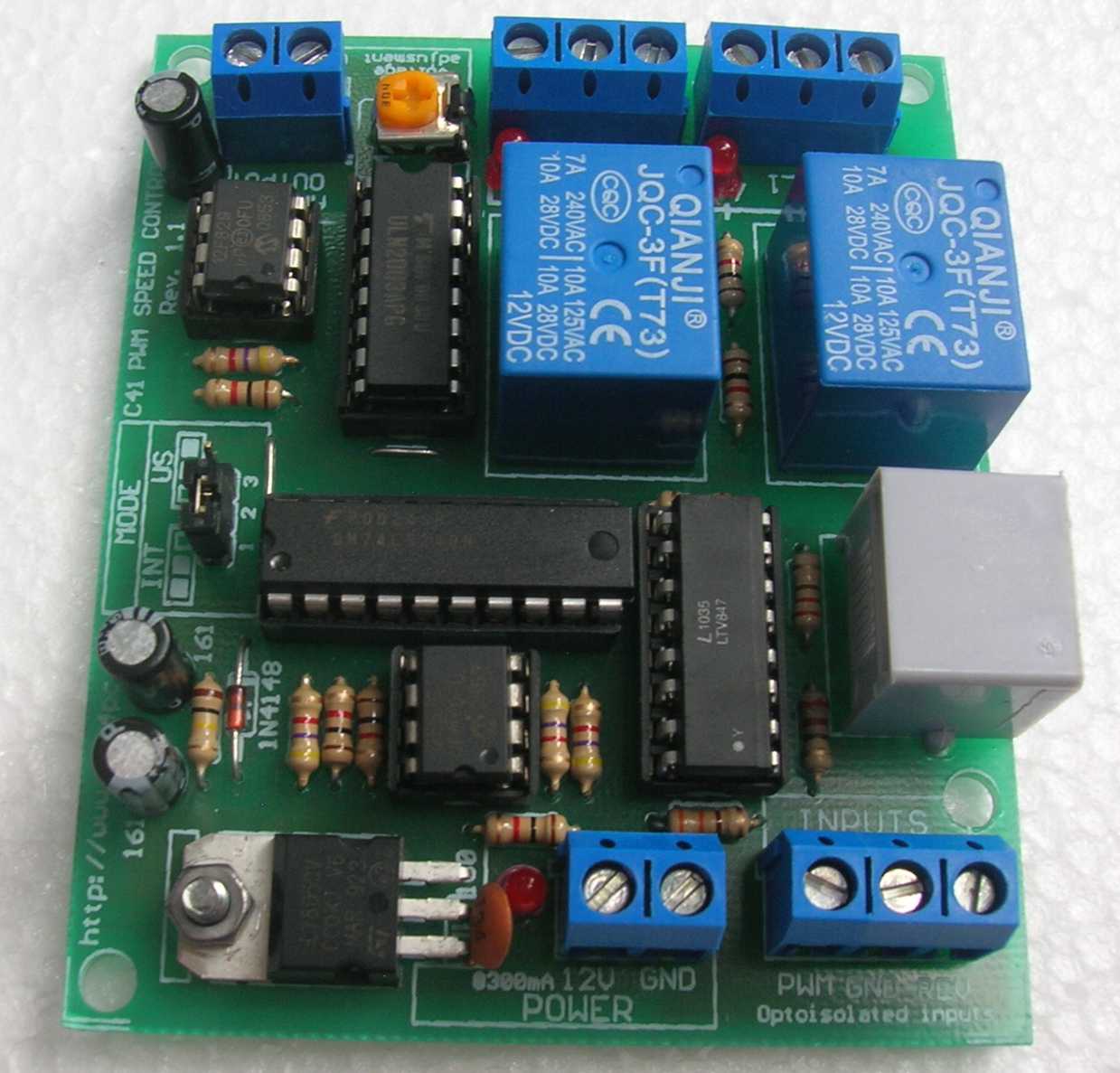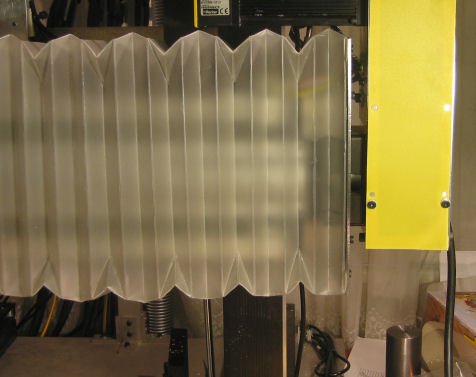
Tormach's design uses a stack of three 100mm cylinders to compress another stack of 4 pairs of opposed belville washers.
Article about duplicating the Tormach Power drawbar:
http://danielbauen.com/make/index.php/tormach-milling-machine/tormach-power-draw-bar/
SMC cylinder CQ2B100x12-3 (Tormach uses a Chinese knock-off ):
http://www.smc.eu/portal/NEW_EBP/05)Standard_Air_Cylinder/5.2)Estandard_Air_Cylinder_/g)CQ2/CQ2_EU.pdf
Alternative cylinder from Fabco:

http://www.eartaker.net/machining/milling/zx45.php
The cylinder used for this machine is a Fabco Multi-Power MP3x1x3x1FF
Fabco catalog for stacked cylinders:
http://www.fabco-air.com/pdf/Sec_5.pdf
However, based on Daniel Bauen's experience:
"I don't believe that a Air Piston/Bellville washer power draw bar is a good design for the TTS style tool holders. The Bellville washers allow the tool holder to be pulled out, even when providing the theoretically necessary retention force. Tightening a rigid draw bar to the correct torque provides much better retention. This leads me to believe that a torque type power draw bar would be better. I may consider replacing this draw bar in the future with a impact style power draw bar. The downside is that the hex at the top end of the draw bar tends to wear out."
I think we are back to the impact design. Which has the merit of not requiring an expensive cylinder (the harbor freight wrench can be had for $15). Additionally, the Tormach design uses a flanged nut that for the cylinder to pull against which means that there is no load on the spindle bearings. The spindle on the RF45 is not threaded, which means spindle would likely have to be modified.














































